Jon Landau, the Oscar-winning producer of “Titanic” and the “Avatar” franchise, has written a behind-the-scenes memoir about his role making some of Hollywood’s biggest blockbusters. The book, entitled “The Bigger Picture,” will be published posthumously on Nov. 4 — Landau died from cancer in 2024 at the age of 63. In the following excerpt, Landau looks back on the rollout of 1997’s “Titanic,” the $200 million epic that many in the entertainment industry thought would be a disaster big enough to sink James Cameron‘s career.
For any movie, the first trailer is hugely important. It’s the best chance you will have to capture an audience. You have two and a half minutes to convey the movie’s story and feel. Those 150 seconds are everything, and like so many things on “Titanic,” they became the subject of a major battle.
Translating a three-hour-and-fourteen-minute (or two-hour-and-seventy-four-minute, as I like to say) movie into the standard ninety seconds is not easy. We navigated our way to a four-minute-and-two-second cut and sent it to the studios—remember, we were working with both Fox and Paramount — then waited. About two hours later, [executive producer] Rae Sanchini got a call from Rob Friedman, the head of distribution and marketing at Paramount. “I saw your trailer,” he apparently told her, “and I’m throwing up all over my shoes.”
Paramount had taken the same footage and made their own shorter trailer. We called it the John Woo trailer. It was all flash cuts and pounding music, gunshots, and screams. It made the movie look like an action flick that happened to take place on the Titanic. It was not our movie. We went back and forth with Paramount, first reasoning, then screaming. We ultimately convinced Sherry Lansing, Paramount’s chairperson and CEO, to veto her own distribution department and let us test our trailer at ShoWest, the conference of the National Association of Theatre Owners in Las Vegas. These are the people who really matter. By choosing what movies to book into their theaters and deciding how many screens to dedicate to them, they serve as arbiters, a link to distribution.
Our trailer was long. To us, it seemed proportionate to the length of the movie. And necessary. It was the first footage almost anyone outside the studio and production team had seen of “Titanic.” The stakes were high. Everyone was tense. We’d spent five years and $200 million. At times, it seemed like the whole world was rooting for us to fail. Time magazine ran a “Titanic” cover story with the cover line “Glub, Glub, Glub . . .” The sound of the big ship sinking.
Rae and I sat at Paramount’s table at ShoWest with some of their top executives and biggest names, including Kurt Russell, the star of their upcoming film “Breakdown.” I sat nervously as our trailer played in that banquet hall in Las Vegas, and just as it ended, Kurt Russell loudly announced, “I’d pay ten dollars just to see that trailer again.” With that, we got a special dispensation from the Motion Picture Association — trailers were supposed to be 150 seconds, max — to release a four-minute-and-two-second trailer to audiences around the world.
And from that day on, every negative article about the film ended with the sentiment that the movie might actually be good. It was a real turning point.

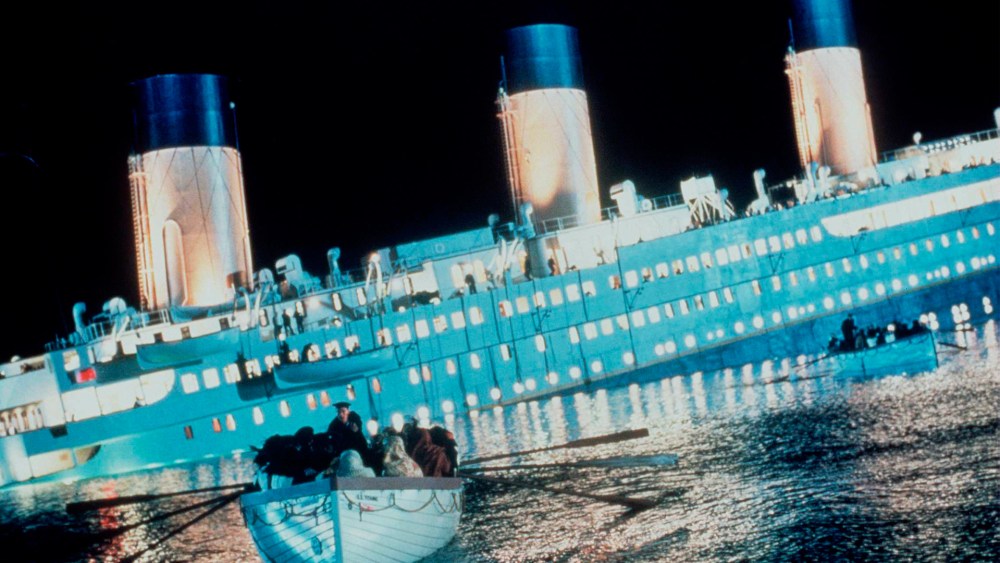

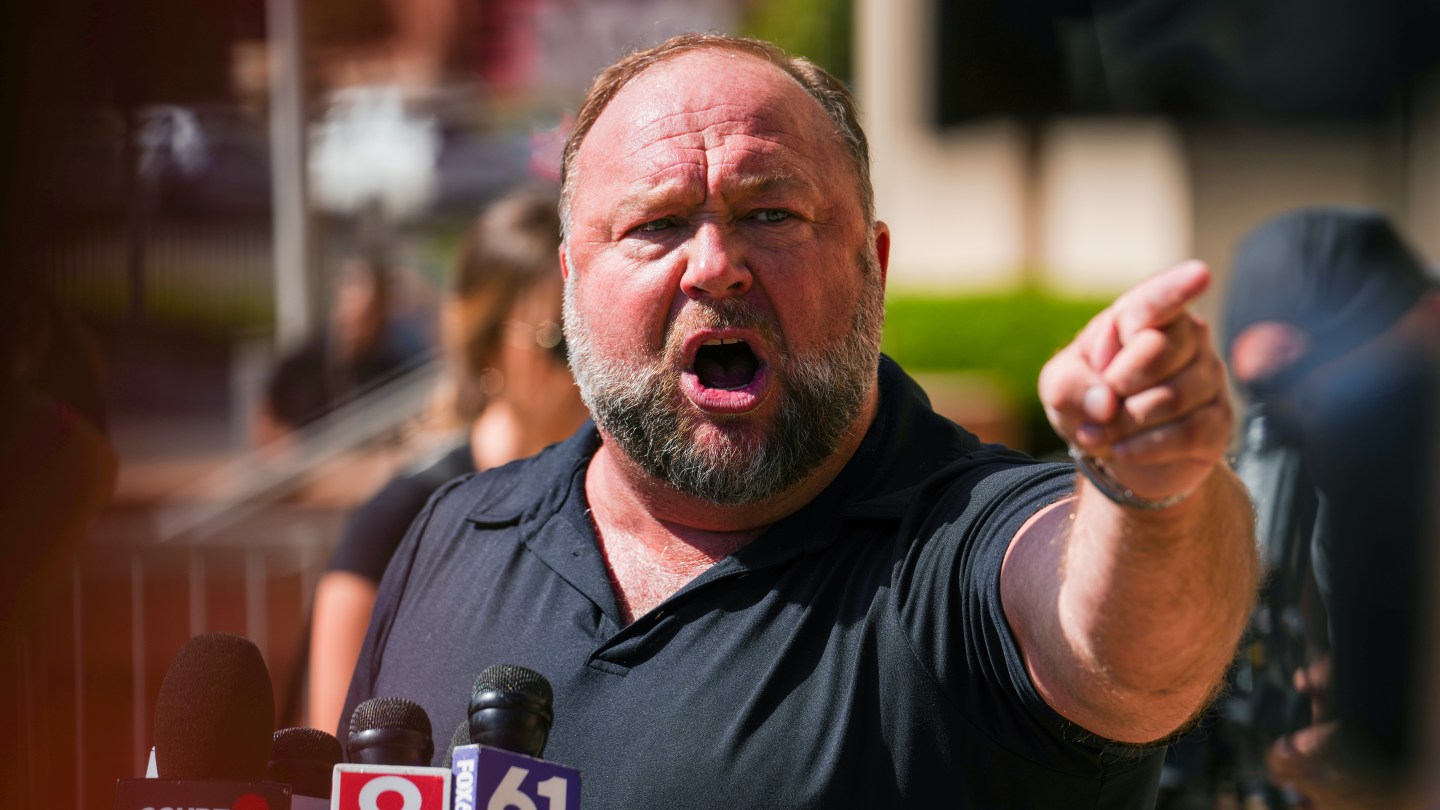

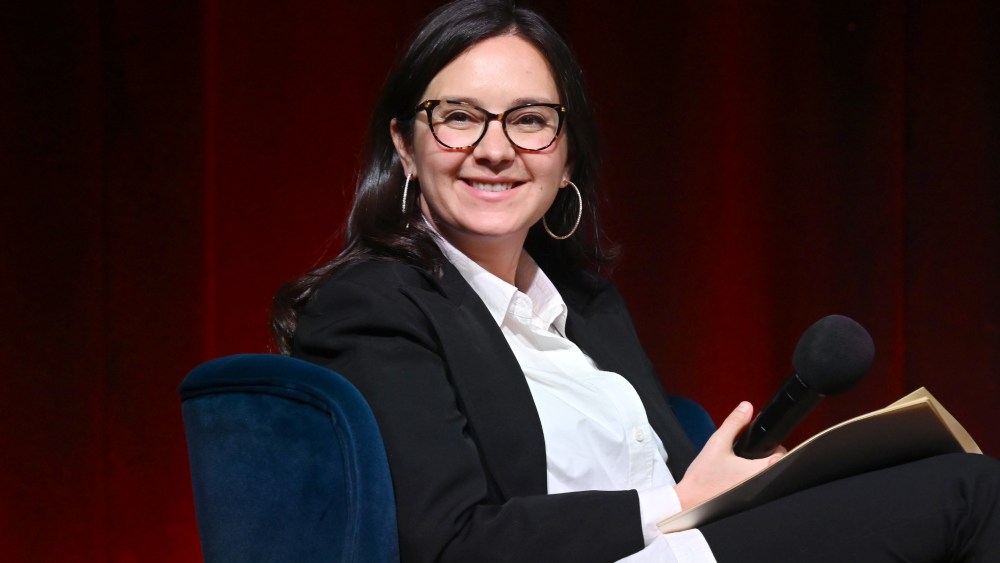
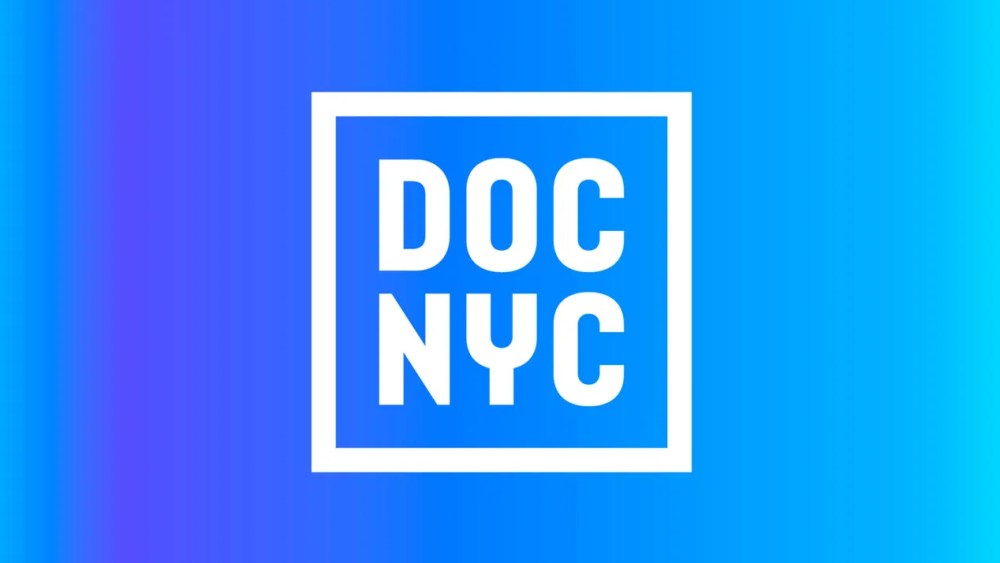

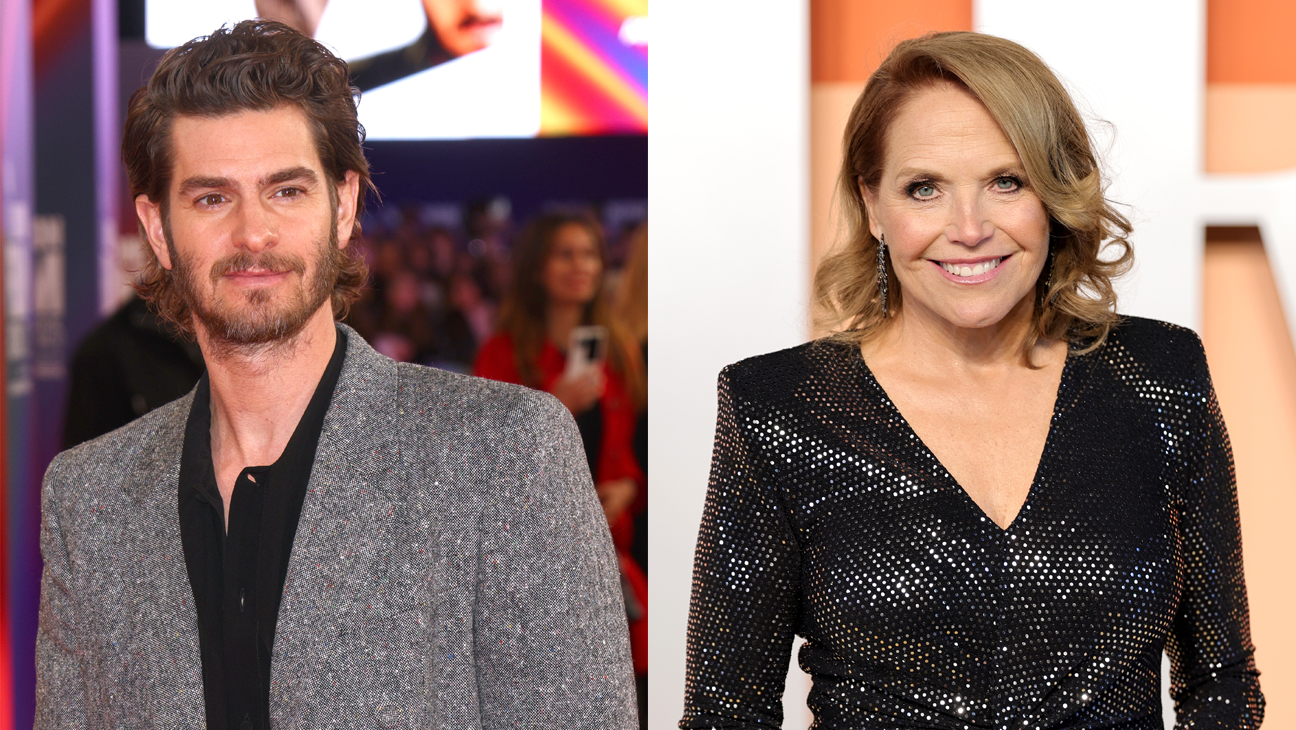


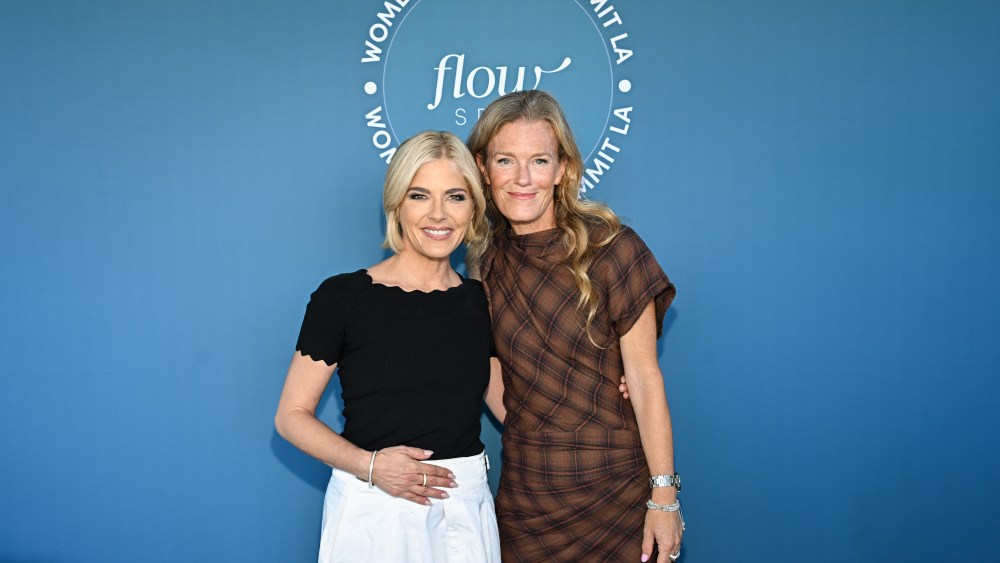
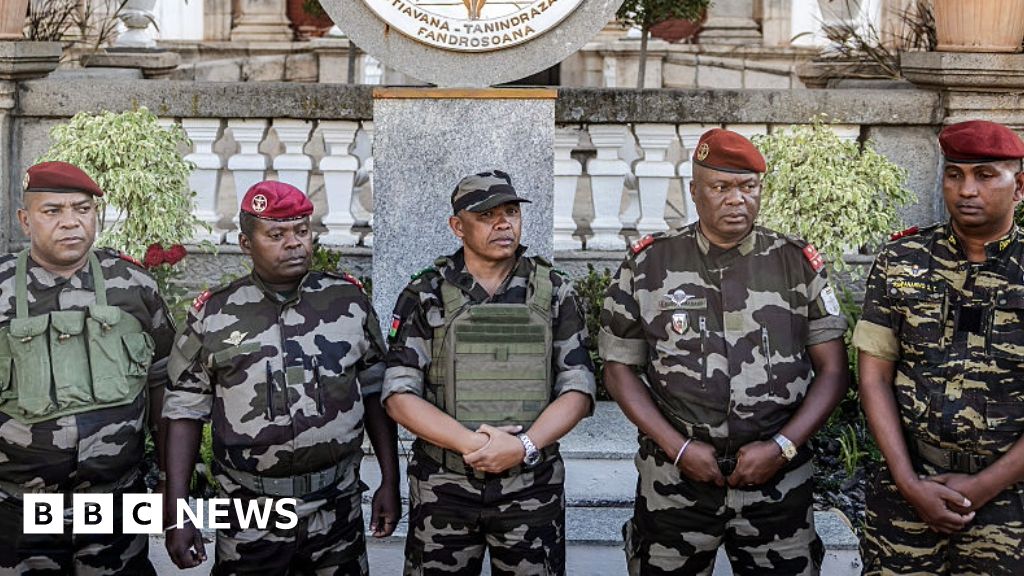

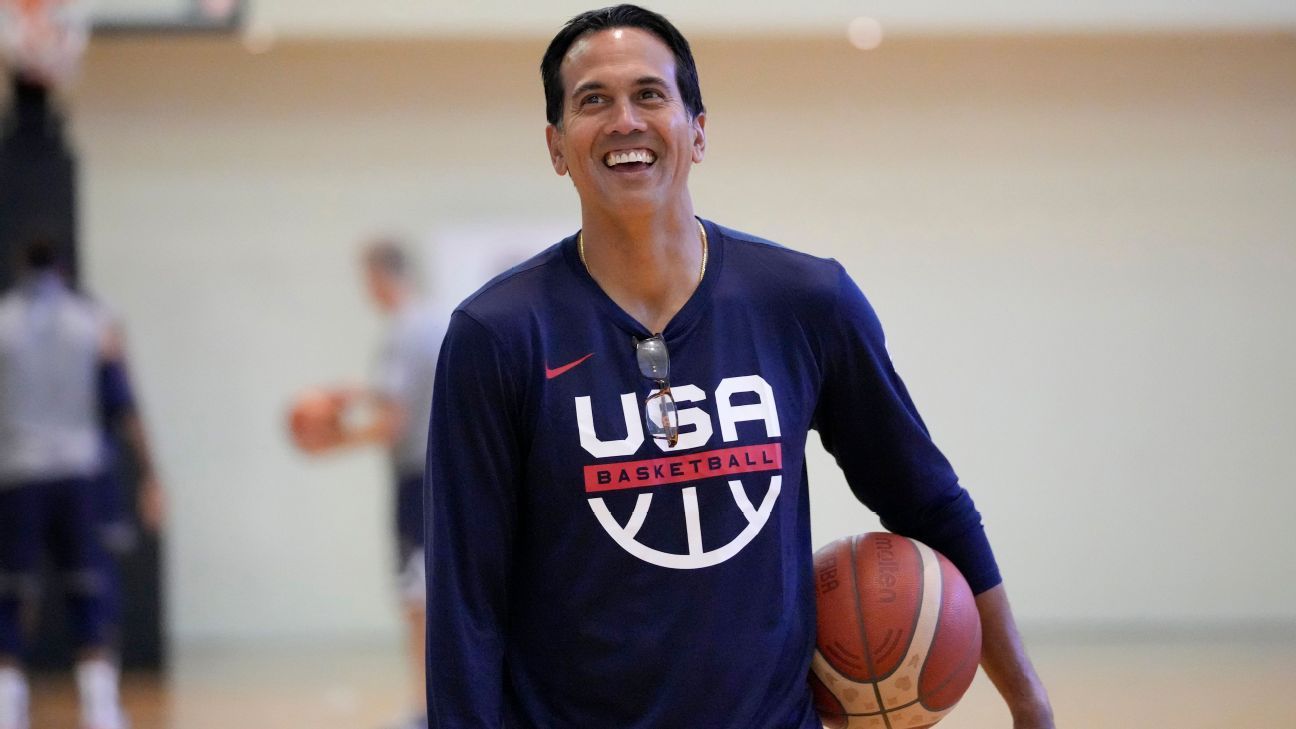
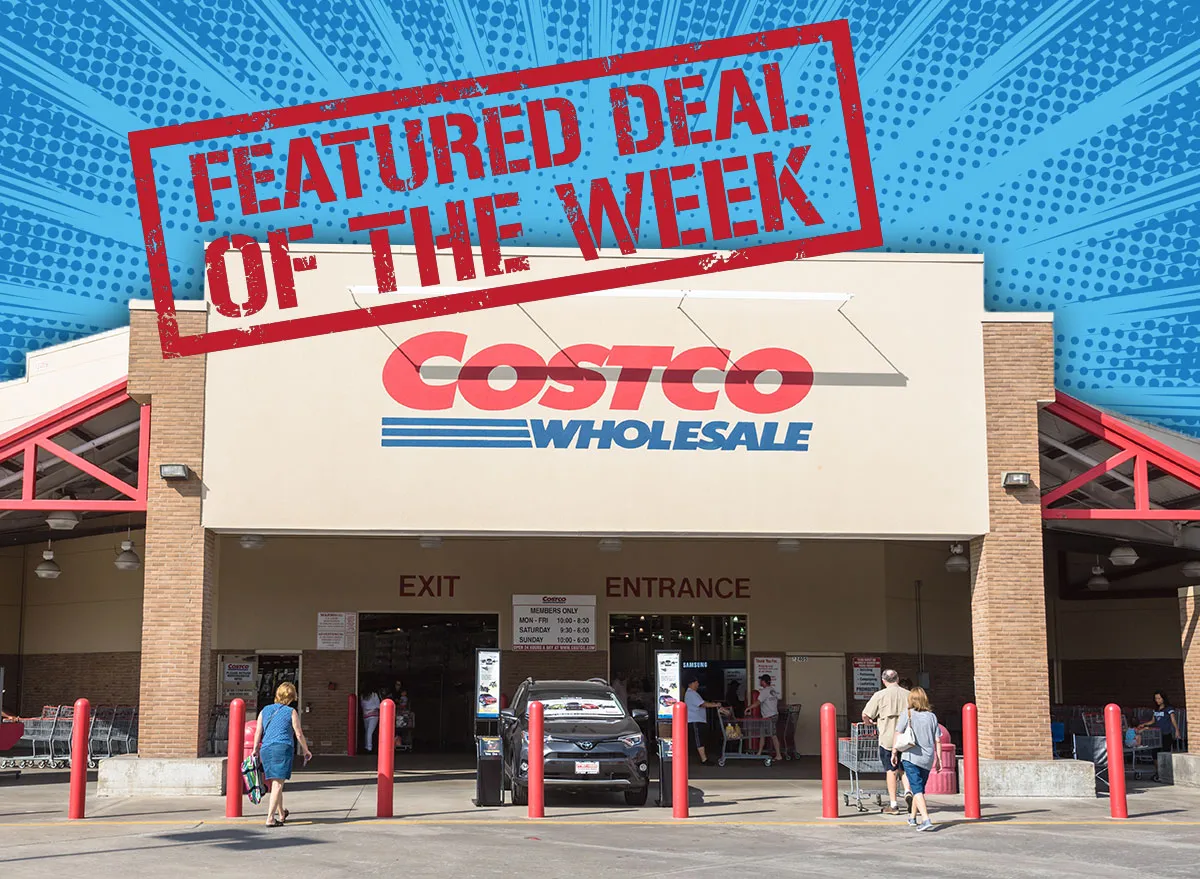
Leave a Reply